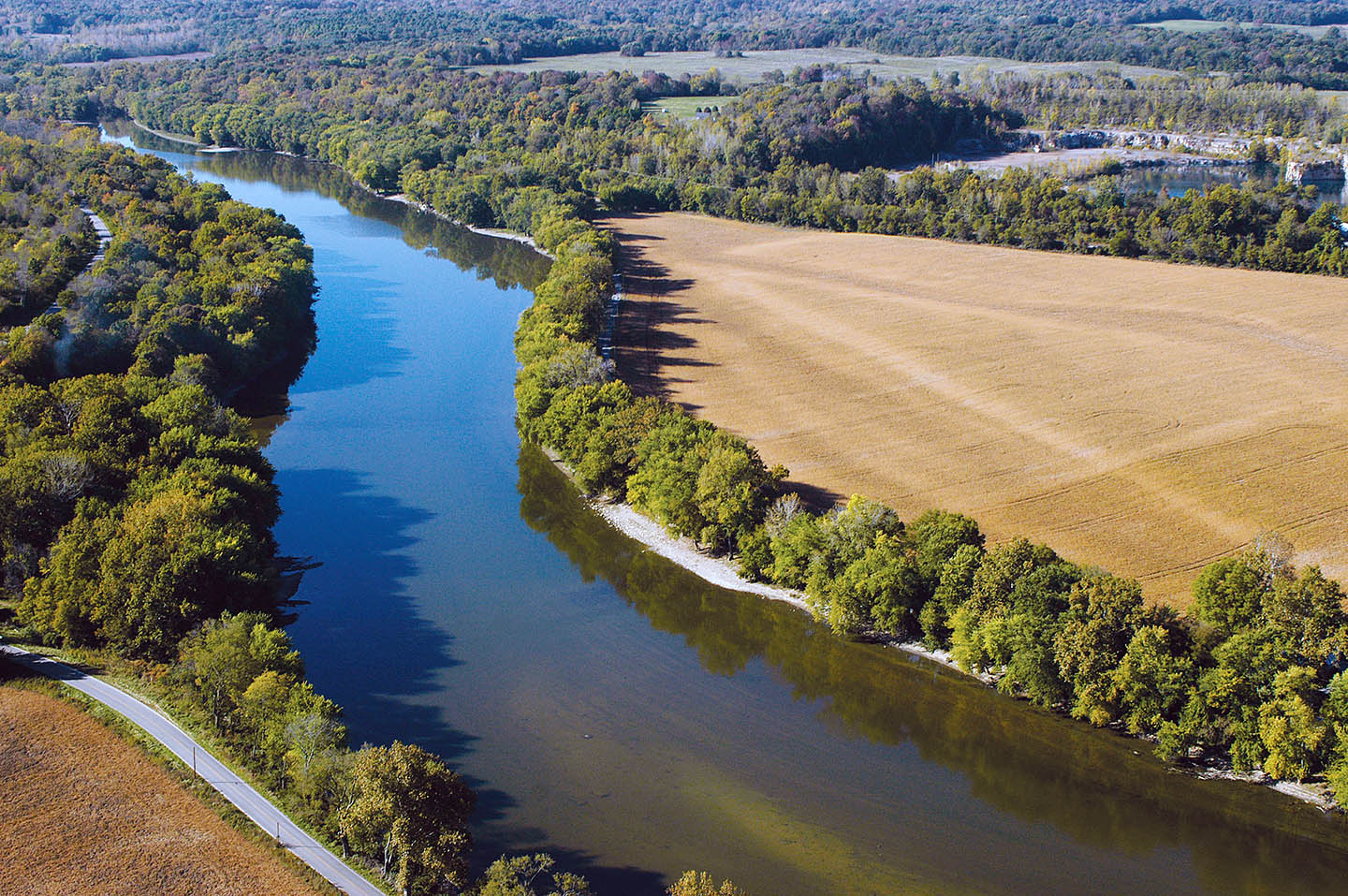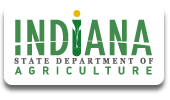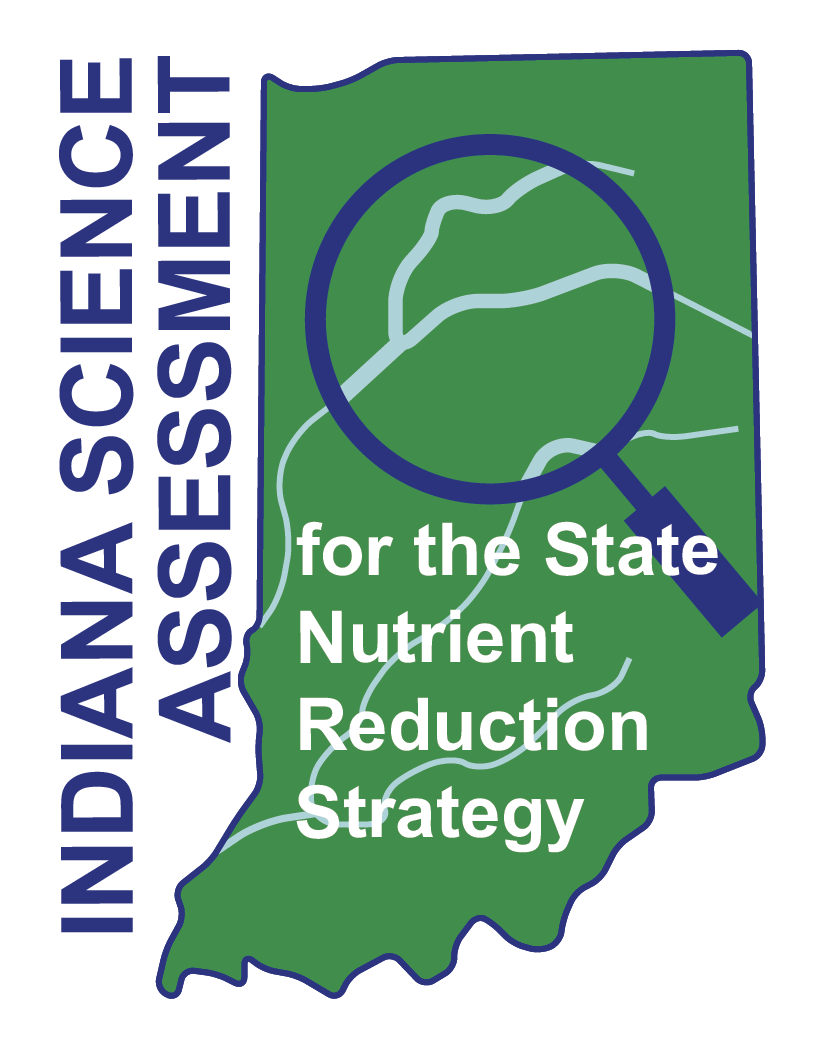Eutrophication, or nutrient enrichment of waters, is a concern in many areas of the United States as well as around the world. Nutrients are an essential part of the water system for plant and animal life, however when there is an excess of nutrients, it can cause water quality impairments such as hazardous algal blooms and oxygen depleted water. Excess nutrients like nitrogen and phosphorus come from many sources including wastewater treatment plants, failed septic systems, land-disturbing activities, and stormwater runoff from residential areas and agricultural lands. When these excess nutrients enter our waterbodies, they stimulate excessive plant growth or algal blooms. When the plants and algae die, sink, and decompose, oxygen levels are depleted in the water, which is a condition referred to as hypoxia. These hypoxic areas cannot support aquatic life and are often called “dead zones”.
The Gulf of Mexico dead zone occurs every summer due to nutrient pollution from the Mississippi River Basin. To help protect our local streams and the Gulf of Mexico, Indiana and 11 other states in the Mississippi River Basin have developed state nutrient reduction strategies to reduce the nutrient loads leaving their state. These strategies are part of a national plan developed by the Gulf of Mexico Hypoxia Task Force (HTF) to reduce the size of the Gulf of Mexico hypoxia zone.
The Indiana State Nutrient Reduction Strategy represents the state’s commitment to reduce nutrient runoff from point sources and not-point sources alike, to ultimately improve our own lakes, streams and rivers, and downstream in the Mississippi River, Gulf of Mexico, and Great Lakes.
- Strategy Overview
2020 Brochure
Full Strategy
Executive Summary
Table of Contents
Milestones and Action Items Table
AppendicesThe Indiana State Nutrient Reduction Strategy (SNRS) is the product of an inclusive effort of the Indiana Conservation Partnership (ICP) under the leadership of the Indiana State Department of Agriculture (ISDA) and the Indiana Department of Environmental Management (IDEM) to capture statewide, present and future endeavors in Indiana, which positively impact the State’s waters, as well as gauge the progress of conservation, water quality improvement and soil health practice adoption in Indiana.
The SNRS represents Indiana’s commitment to reduce nutrient runoff into waters from point sources and non-point sources alike. The objectives of this strategy include:
- Acknowledgement of the challenges facing the improvement of Indiana impaired waters;
- Involvement and engaging of stakeholders and partners in the state’s efforts to reduce nutrients loads;
- Prioritization of HUC 8 watersheds within Indiana, and further prioritization of smaller HUC12 watersheds within Indiana’s ten major river and lake basins;
- Discussion of the importance of water quality monitoring and regulatory control of point sources;
- The inventory and utilization of resources and practices to achieve their highest impact on nutrient reduction;
- Encouragement of voluntary incentive based conservation through the many local, state and federal water quality related programs;
- Measuring the impacts of urban and rural conservation best management practices and tracking nutrient load reductions; and
- Serving as a strategic document for addressing milestones and action items, and seeking continued funding sources for current and future efforts concerning water quality in Indiana.
The Indiana SNRS underscores the importance of continual outreach and education to conservation partnerships and the public regarding stewardship of Indiana’s waters. The strategy acknowledges that the great potential to reduce nitrogen and phosphorus entering our waters depends on the cooperation of state, federal and local organizations’, ag and urban programs and initiatives, as well as private sector and citizen endeavors. The strategy identifies measures such as the proper location and types of conservation practices on productive agricultural ground and at the edge-of-field, efficient nutrient management, and managed drainage. In addition, septic system maintenance, appropriate residential fertilizer applications, erosion control at construction sites, and urban best management practices (BMPs) such as green infrastructure will be key to controlling nutrient runoff. It recognizes a continued need for conservation efforts, education, outreach and research in order to see progress.
Major River and Lake Basin Web Application
ISDA has developed a web application to highlight each of Indiana’s ten major river and lake basins. This interactive application showcase Indiana’s efforts to enhance water quality and enable users to learn more about conservation programming in each basin.
Please use the application below to learn more about water quality initiatives and conservation programs throughout the state. Click here to open the application in a new tab.
For more information about Indiana's commitment to enhance water quality, please contact ISDA.
- Partners
The State of Indiana recognizes the importance of stakeholders and partners in the planning and development of the State Nutrient Reduction Strategy. It provides transparency of the process, allows time for trust to develop, permits incorporating local knowledge, and makes it possible to deal most effectively with misperceptions and manage expectations. All of this helps gain buy-in and cooperation from stakeholders and partners and increases the likelihood of moving toward effective and sustainable solutions. Many agencies and stakeholders were consulted with in the planning and development of the Indiana State Nutrient Reduction Strategy.
- Indiana Conservation Partnership agencies
- State Soil Conservation Board
- Indiana Soil and Water Conservation Districts
- Indiana Agriculture Nutrient Alliance
- Agriculture Commodity Groups
- Purdue University, College of Agriculture
- Municipalities
- The Indiana Chapter of The Nature Conservancy
- United States Geological Survey
- Contact Us
ISDA and IDEM appreciate receiving feedback regarding the State Nutrient Reduction Strategy. Please email your comments to ISDANutrientReduction@isda.in.gov.
- Related Links
- Indiana Agriculture Nutrient Alliance
- Hypoxia Page from USGS
- Hypoxia Task Force 2017 Report to Congress
- Mississippi River Basin Initiative
- Mississippi River/Gulf of Mexico Hypoxia Task Force
- Conservation Cropping Systems Initiative
- USDA-NRCS Soil Health Campaign
- Illinois Nutrient Reduction Strategy
- Iowa Nutrient Reduction Strategy
- Kentucky Nutrient Reduction Strategy
- Minnesota Nutrient Reduction Strategy
- Ohio Nutrient Reduction Strategy
- Conservation Achievements
The Indiana Conservation Partnership (ICP) aims to provide technical, financial and educational assistance to Hoosiers working to positively impact our soil and water resources. The ICP provides expertise to landowners and leverages both state and federal funds to put conservation on the ground in the form of Best Management Practices and technologies. Below are links to the ICP’s achievements across the state for 2022, including the conservation workload of the partnership as a whole, as well as the resulting annual nutrient and sediment load reductions, which illustrate the amounts of nitrogen, phosphorus and topsoil that are kept out of Indiana’s waterways.
2022 ICP Conservation Accomplishments
2023 ICP Programs and Initiatives All ICP Programs
DNR Programs
IDEM Programs
ISDA Programs
NRCS Programs
SWCD Programs2023 Installed Practices 2023 Active Practices Nitrogen
Phosphorus
Sediment
Carbon Sequestration from Cover Crops and No Till
Conservation Accomplishments by CountyNitrogen
Phosphorus
Sediment
Load Reduction InfographicSupporting Tabular Data for 2023 ICP Conservation Accomplishments- Installed Practices
Supporting Tabular Data for 2023 ICP Conservation Accomplishments- Modeled Practices
Methodology - USEPA Region 5 Load Reduction Modeling of Completed Conservation Practices in Indiana
- Sediments and Nutrient Load Reduction Data and Maps
Indiana's Sediment and Nutrient Load Reductions - Interactive Map
This web mapping application has been developed to allows users to view and download (csv) Indiana Conservation Partnership practice and sediment and nutrient load reduction information that is aggregated at the watershed hydrologic unit code (HUC) 12 scale.
Download Sediment and Nutrient Load Reduction data by HUC 12 Watershed
2023 Sediment and Nutrient Load Reductions in Significant Watersheds and Waterbodies
- Eagle Creek Reservoir
- Geist Reservoir
- Kankakee River Basin
- Lake Michigan Basin
- Mississippi River Basin
- Morse Reservoir
- Patoka-White River Basin
- Wabash River Basin
- Western Lake Erie Basin
2023 Sediment and Nutrient Load Reductions for Indiana's Congressional Districts
- 1st Congressional District
- 2nd Congressional District
- 3rd Congressional District
- 4th Congressional District
- 5th Congressional District
- 6th Congressional District
- 7th Congressional District
- 8th Congressional District
- 9th Congressional District
- All Congressional Districts
For previous years' data, please visit the archive.

